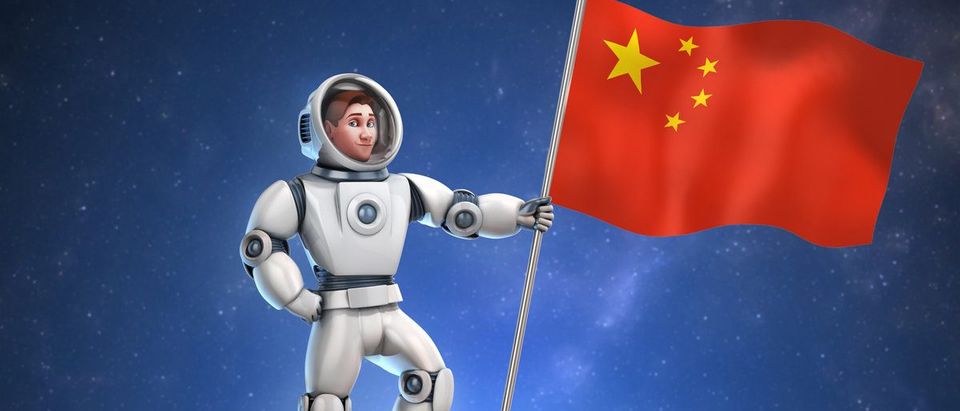China will launch its second space station into orbit sometime in September, 2016, significantly accelerating the new space race with America.
China’s new space station, dubbed Tiangong-2, will host three crew members for up to 20 days. Once in orbit, it will be visited by manned mission Shenzhou 11, October, 2016.
Tiangong-2 will be quite small in comparison with the first Soviet and U.S. space stations. Chinese modules are 8.5 metric tons, while the 1971 Soviet station Salyut 1 was 18.6 metric tons and the 1973-launched American Skylab was 77 metric tons. The International Space Station (ISS) now in orbit is approximately 400 metric tons by comparison and 356 feet long. China’s station will be 47 feet long.
Simply installing a space station is not the only Chinese space-related objective. The country plans to land a solar-powered rover on Mars in 2020, while NASA intends to launch its own $2.1 billion dollar nuclear isotope-powered Mars rover the same year.
Since launching its first manned space mission in 2003, China staged a spacewalk, landed a rover on the Moon, increased its cooperation in space with Europe, and launched a demo space station – making it wholly prepared for its latest space endeavor. The country launched a total of five crewed flights since 2003.
In spite of an impressive laundry list of Chinese space milestones, China’s space program still faces serious problems. The Chinese lunar rover had numerous mechanical problems and was ultimately abandoned. China’s first attempt to send a satellite into Mars orbit in 2011 failed when the rocket carrying it blew up before even reaching Earth orbit.
Meanwhile, NASA astronauts require the help of the Russians to reach space and are being forced by the Obama administration to delay the Mars mission until 2030. Attempts to return U.S. astronauts to orbit aboard the International Space Station (ISS) are now in the hands of private companies. Elon Musk’s company SpaceX is racing Boeing to be the first private company to send humans to the ISS, so that NASA can focus on expanding access to space.
President Obama twice stymied programs initiated during the Bush administration designed to take humans to Mars by leaking information to the press about them and threatening to veto the projects. Obama repeatedly tries to slash space exploration funding and redirect it to Earth science programs — which just so happen to include climate modeling initiatives designed to measure global warming. Obama increased NASA’s budget for these environmental programs, especially those that study global warming, by 63 percent.
Obama delays and funding cuts have allowed China to close the gap with NASA in space, and yet, Chinese plans to send a rover and a human to Mars are still technologically inferior to NASA.
A report published earlier last month by the U.S. National Academies found that the Department of Defense “urgently needs” new policies to defend U.S. satellites, since both Russia and China are developing space weapons capable of knocking out U.S. satellites in any future conflict, giving them a potentially catastrophic edge in war.
Send tips to andrew@
All content created by the Daily Caller News Foundation, an independent and nonpartisan newswire service, is available without charge to any legitimate news publisher that can provide a large audience. All republished articles must include our logo, our reporter’s byline and their DCNF affiliation. For any questions about our guidelines or partnering with us, please contact licensing@dailycallernewsfoundation.org.


